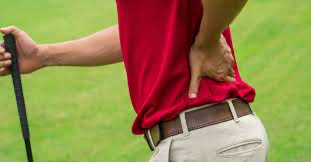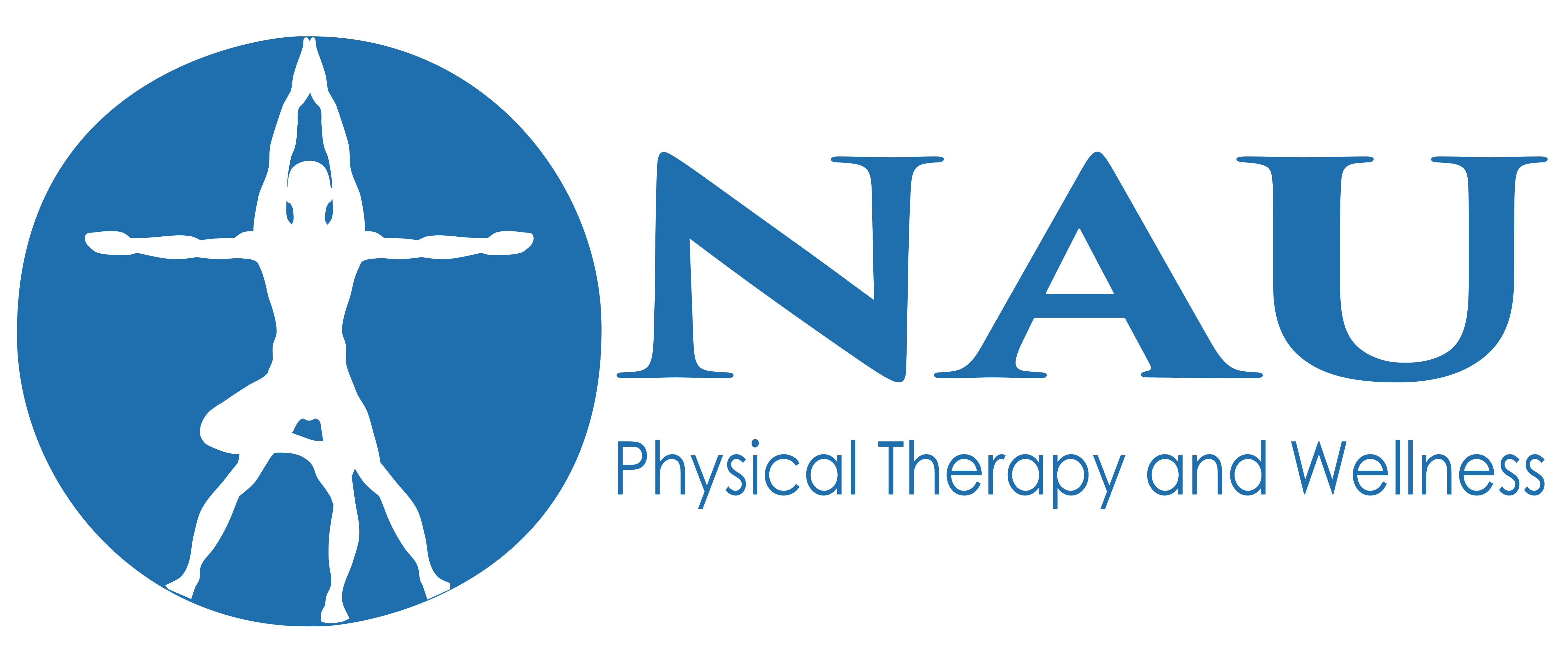
By Sukie Nau, DPT/Owner, NAU Physical Therapy & Wellness
Injuries may not be the first thing you think of when you think of golf. Even though it is a low-impact sport, it comes with several significant injuries.
Poor mechanics or overuse are the most common causes of golf injuries. The lower back is the most injured area, followed by the elbow, wrist, hand, and shoulder.
When you understand the mechanics behind your golf swing, you can prevent golf injuries. To stay in shape on the course, here are some tips:
- Adjust your swing: Your entire body is used to execute a golf swing in a complex and coordinated movement. When this movement is repeated frequently, significant stress is placed on the same muscles, tendons, and joints. Over time, this can result in injury.
- Use proper posture: Stand with your feet shoulder-width apart and rotated slightly outward, and with your knees slightly bent. Hold your spine relatively straight; your trunk should be tilted forward, but most of that movement should come from your hips. Avoid hunching over the ball, which may contribute to neck and back strain. Avoid hunching over the ball, which may contribute to neck and back strain.
- Stay smooth: The power of a golf swing comes from force transferred smoothly through all the muscle groups, from your ankles to your wrists. If you depend on one part of your body for your hitting power, you may be more prone to injuries. For example, overemphasizing your wrists during your swing can lead to golfer’s elbow — a strain of the muscles on the inside of the forearm.
- Don’t over swing: If you swing the club too hard or too fast, you may stress your joints. Relax and take a nice, easy swing at the ball. The best golfers have consistent — not necessarily fast — swing tempos.
But there’s more to golf than your golf swing. You can lower your risk of golf injuries by following these tips:
- Warm up: Before you practice your swing or play a round of golf, warm up for at least 10 minutes with a brisk walk or a set of
- Jumping jacks: Stretch your hands, wrists, forearms, elbows, shoulders, spine, and pelvis. Swing your golf club a few times, gradually increasing your range of motion.
- Start slowly: You might start out by practicing your swing for hours, believing it’s helping your game. But if your body isn’t conditioned for the strain, repetitively practicing your golf swing may do more harm than good. Work up to your desired level of activity instead.
- Strengthen your muscles: You don’t need bulging muscles to hit a long drive — but the stronger your muscles, the greater your club speed. Stronger muscles are also less prone to injury. For best results, do strength training exercises year-round.
- Focus on flexibility: Regular stretching can improve your range of motion and lead to a more fluid golf swing.
- Build up your endurance: Regular aerobic activity can give you staying power on the course. Try walking, jogging, bicycling, or swimming.
- Lift and carry clubs carefully: Golfers who carry their own bags have higher rates of shoulder and back injuries than other golfers. If you jerk heavy clubs out of the trunk of your car, you could injure yourself before you reach the first tee. Use a proper lifting technique by keeping your back straight and using the strength of your legs to lift.
- Try to avoid hitting objects other than the ball: Elbow and wrist injuries are often the result of hitting the ground or the rough.
- Choose proper footwear: Dress for comfort and protection from the elements. Wear golf shoes with short cleats. Long cleats dig into the sod and hold your feet planted as you swing, which may strain your knees or ankles.
- Watch out for hazards on the course
Be careful to limit your sun exposure while golfing. Remember to:
- Wear sunscreen and sunglasses to filter out UVA and UVB rays.
- Wear a hat with a visor to shade your eyes and face.
- Watch for signs and symptoms of dehydration, heat exhaustion, and heatstroke
- Drink plenty of water, whether you feel thirsty or not, and cut your game short if necessary.
Red flags for heat-related injury might include:
- Headache,
- Weakness,
- Dizziness,
- Nausea,
- Muscle cramps,
- Rapid heartbeat,
- Confusion
Play smart: Whether golf is a new interest or a lifelong passion, make the most of your time on the course by protecting yourself from golf injuries. Consider it all part of the game.
For more information, or to schedule a free consultation, call our office today. What you learn may even help you shave strokes from your score.
